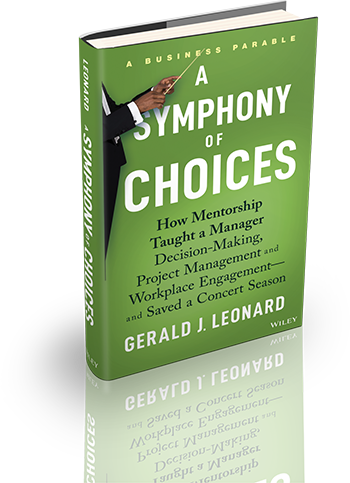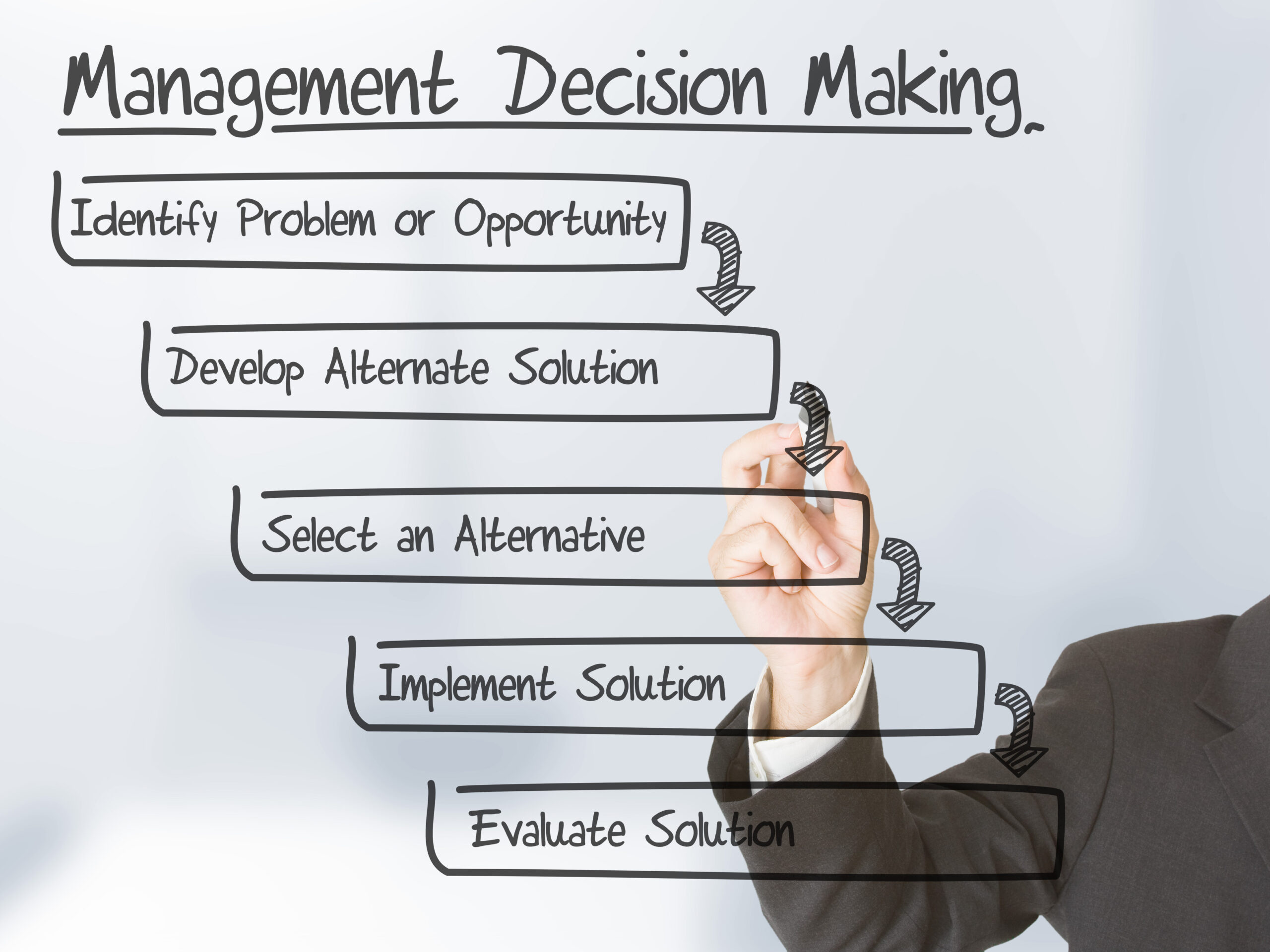Why is Workplace Engagement Important?
A growing body of research suggests a strong link between workplace engagement and business outcomes. Here are a few examples:
- A meta-analysis of 263 studies conducted by the Harvard Business Review found that companies with high levels of employee engagement had lower rates of absenteeism and turnover, higher customer satisfaction, and higher profitability.
- A study by Towers Watson found that companies with high levels of employee engagement had a total shareholder return that was 19% higher than those with low engagement.
These studies suggest a clear business case for investing in employee engagement. Engaged employees are more productive, less likely to leave their jobs, and contribute to higher profitability and shareholder value. Organizations can build a workplace where employees are valued, supported, and motivated to perform at their best by creating a culture of engagement and investing in employee well-being.
What is workplace engagement?
Workplace engagement refers to employees’ emotional commitment and involvement toward their work and their organization. Engaged employees are passionate about their jobs, take pride in their work, and are committed to achieving the organization’s goals. They go above and beyond their job responsibilities, take initiative, and are more likely to stay with the company long-term.
Engagement is not the same as job satisfaction, a more fleeting emotion. An employee can be happy with their job but still not fully committed or invested in the organization’s success. On the other hand, engaged employees have a deep emotional connection with their work, co-workers, and the organization as a whole.
A study by Gallup found that organizations with high levels of employee engagement had 21% higher profitability than those with low levels of engagement. And a study by the Queen’s School of Business found that engaged employees were 16% more productive than disengaged employees.
A workplace with high levels of engagement typically has a positive work culture and a supportive work environment. Managers and leaders are transparent and communicate effectively with their employees, and there are opportunities for growth and development. Engaged employees are recognized and rewarded for their contributions, which fosters a sense of appreciation and value.
On the other hand, a workplace with low levels of engagement is often characterized by high turnover rates, absenteeism, and low productivity. Employees may feel disconnected from their work, disengaged from their colleagues, and unsupported by management. In such environments, there may be a lack of trust between employees and management and little opportunity for growth or development.
The Kenexa High-Performance Institute conducted a study that found that engaged employees were 87% less likely to leave their jobs than disengaged employees. Improving workplace engagement requires a concerted effort from management and leadership. Organizations can implement policies and programs that promote employee well-being and work-life balance, offer career development opportunities and encourage open communication and feedback. Additionally, recognition and rewards programs can help to incentivize and motivate employees to perform at their best.
An example of Workplace engagement in action
One example of workplace engagement in action is the case of Zappos, the online shoe and clothing retailer. Zappos has a strong company culture that prioritizes employee engagement and well-being, and it has been recognized as one of the best places to work in the US.
One of the ways Zappos promotes engagement is through its onboarding process. New employees go through an intensive four-week training program that includes job-specific training and cultural immersion. They learn about the company’s history, values, and mission and can interact with senior leaders and other employees.
Zappos also encourages employee autonomy and creativity. Employees are free to make decisions and solve problems on their own without going through layers of bureaucracy. They are encouraged to innovate and experiment and recognized and rewarded for their contributions.
Another way Zappos promotes engagement is through its recognition and rewards programs. The company has a “Zollar” program, a type of currency that employees can earn by going above and beyond their job responsibilities or providing excellent customer service. Zollars can be redeemed for various rewards, including gift cards, travel vouchers, and the opportunity to attend a music festival.
Finally, Zappos fosters a sense of community and camaraderie among its employees. The company hosts regular events and activities, both in-person and virtual, that allow employees to bond and have fun together. For example, Zappos has a company-wide fitness challenge where employees compete against each other to achieve fitness goals and win prizes.
As a result of these efforts, Zappos has a highly engaged workforce. Its employees are passionate about their jobs, committed to the company’s mission, and supportive of one another. This engagement has translated into solid business results, including high customer satisfaction, low turnover rates, and strong financial performance.

An exercise to teach and create workplace engagement
One exercise for teaching workplace engagement is a “Values Exploration” activity. Here are the steps to conduct this exercise:
- Begin by asking participants to identify their values. Please provide a list of values, or have them brainstorm their own. Deals could include things like honesty, creativity, innovation, teamwork, etc.
- Once participants have identified their values, ask them to think about how these values align with the organization’s values. Please provide a list of the organization’s values, or have participants research and identify them independently.
- Have participants discuss with a partner or small group how their values align with the organization’s values. They can share examples of how they have demonstrated these values in their work.
- As a group, discuss the importance of value alignment in the workplace. Talk about how employees aligned with the organization’s values are likelier to be engaged and committed to their work.
- Finally, have participants brainstorm ways in which they can incorporate their values into their work and contribute to a culture of engagement. Please encourage them to set personal goals for how they can demonstrate their values in their work.
This exercise helps employees understand the importance of aligning personal and organizational values and how doing so can contribute to workplace engagement. It also allows employees to reflect on their values and how they can bring them to their work.
Here are some suggested action steps to improve workplace engagement:
- Foster a Positive Workplace Culture: A positive workplace culture is critical to employee engagement. This includes things like open communication, opportunities for growth and development, a supportive work environment, and a sense of community and collaboration.
- Communicate Effectively: Communication is crucial to employee engagement. Leaders and managers should communicate regularly and clearly with employees, providing feedback, recognition, and opportunities for input.
- Provide Opportunities for Growth and Development: Providing opportunities for employees to learn and grow is essential for engagement. This includes offering training and development programs, mentorship opportunities, and career advancement paths.
- Recognize and Reward Contributions: Recognizing and rewarding employees for their contributions is essential for engagement. This can be done through formal recognition programs, such as employee of the month or year, or through informal recognition, such as thanking employees for their hard work.
- Promote Work-Life Balance: Work-life balance is essential for employee well-being and engagement. Providing flexible work arrangements, such as remote work or flexible hours, can help employees balance their work and personal responsibilities.
- Encourage Employee Autonomy and Creativity: Giving employees autonomy and encouraging creativity can help foster engagement. Employees should be given the freedom to make decisions and solve problems independently without going through layers of bureaucracy.
- Measure and Monitor Engagement: Measuring and monitoring employee engagement is essential for identifying areas for improvement. This can be done through surveys, focus groups, or other methods of collecting feedback from employees.
Workplace engagement is essential for creating a positive and productive work environment. Engaged employees are more committed, effective, and loyal, benefiting the organization’s bottom line.












